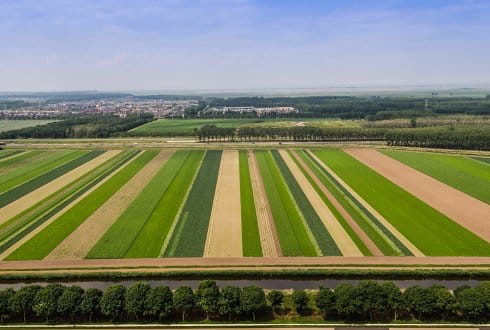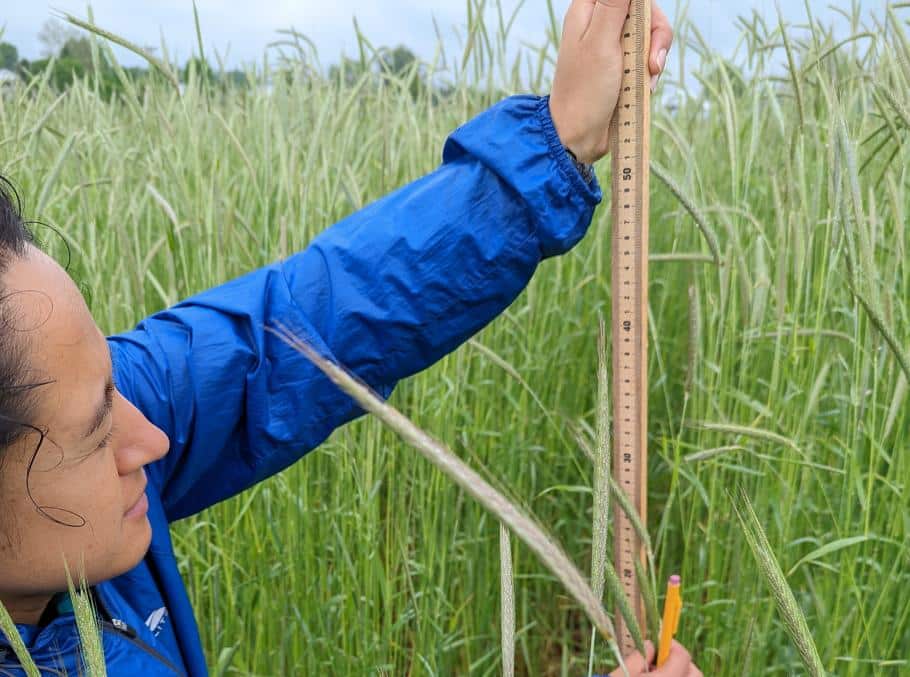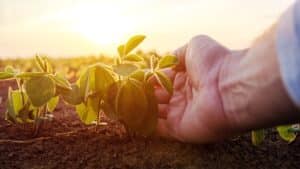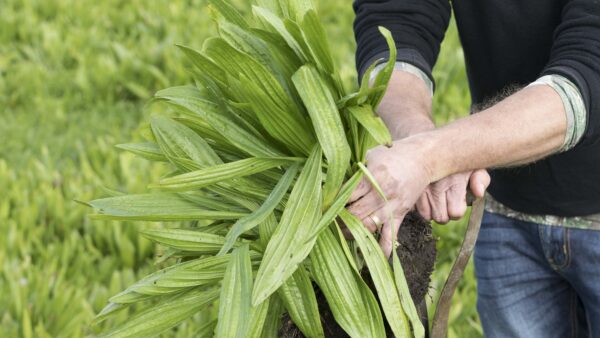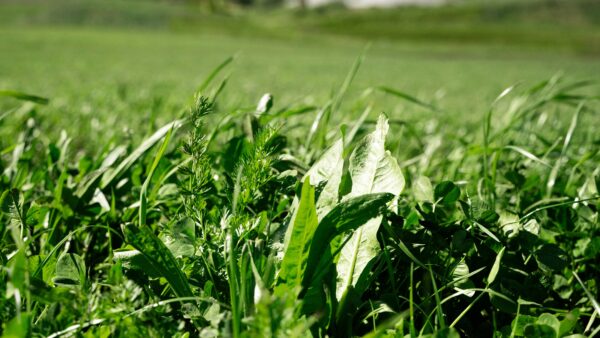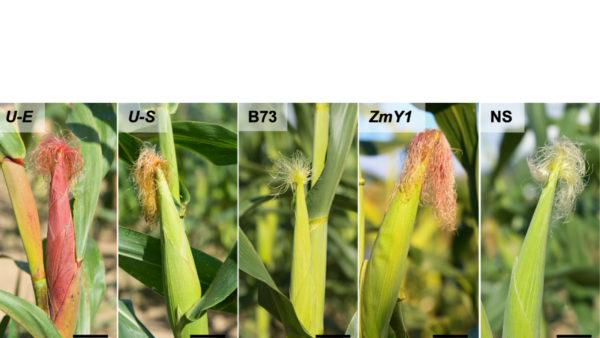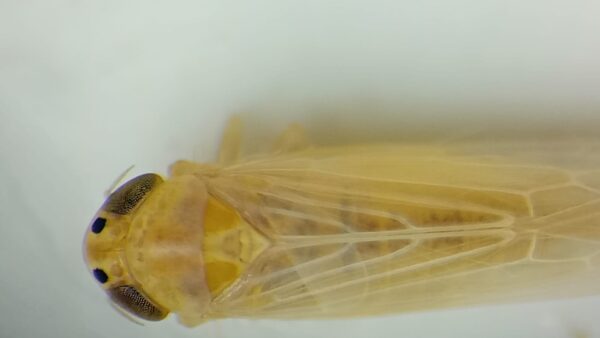Wageningen University & Research has started a new research project to discover to what extent different mixed and strip cultivations can contribute to the increase of biodiversity.The rapid decrease in biodiversity is still high on the public agenda: soil life is eroding, there are fewer farmland birds, and insects threaten to disappear altogether. The results of this research are aligned with the vision of the Ministry of Agriculture, Nature, and Food Quality (LNV) in relation to circular and nature-inclusive agriculture.
Decreasing biodiversity
Agricultural areas are home to half of the biodiversity in Dutch soil. There are strong indications that the biodiversity of the soil life, the number of field herbs, the number of farmland birds, and the number of insects has drastically decreased in those areas.
“In the current large-scale agriculture, there is no food or shelter for insects after the harvest and they disappear from the fields even though they form the basis of the food chain: they pollinate our crops, eat our plagues, and are the food for other animals”, says project leader Dirk van Apeldoorn.
“We want to research whether mixed and strip cultivation, whereby different crops are cultivated in adjoining strips, can contribute to an increase in biodiversity. We also want to find out whether this increase in biodiversity caused by implementing this type of cultivation on a larger scale creates a better habitat for the higher species in the production landscape, such as farmland birds and small mammals.”
Insects find shelter in the adjacent strip
Researchers have already demonstrated that strip cultivation offers useful insects sufficient food and shelter options throughout the year. Dirk van Apeldoorn: “We have implemented strip cultivation for the past 8 years now at WUR. Our field studies show that the useful insects in the cabbage take shelter in the neighbouring strip during the daytime. This ensures that more insects survive and results in less damage to the cabbage than in the areas where strip cultivation was not implemented.
Indigenous plants in the flower strip
Researchers monitor the biodiversity aboveground and they also introduce, for instance, rare indigenous plants in the flower strip. And they refine their experiments. “We look at what happens when you use different varieties of wheat or cabbage, or more leguminous plants, for example. We gain insight into which properties cause particular effects and we can steer more precisely towards the improvement of certain insect or animal populations. The result will be a resilient system.”
Practical guidelines
The results of the research are translated into practical guidelines for farmers and advisors among others. “We work with stakeholders in connection with the Delta plan for Biodiversity. Farmers do not only target the increase of the yield or the efficient use of their land. They are also motivated by ensuring the presence of farmland birds or a soil full of worms.”
Source: Wageningen University & Research


